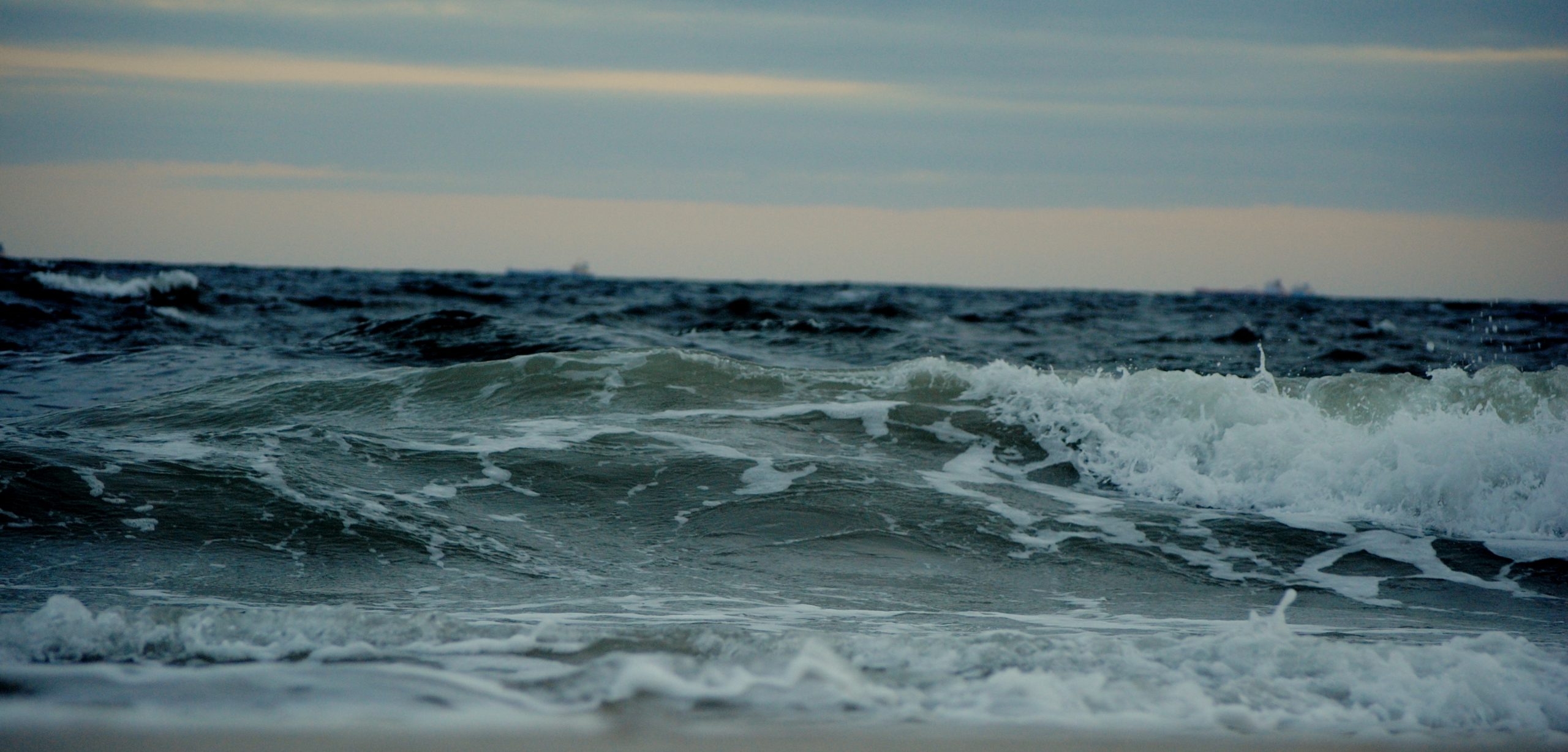
Key Projects
Advanced WEC Dynamics & Controls
Numerous studies have shown that advanced control of a wave energy converter (WEC) power take off (PTO) can provide significant increases (on the order of 200-300%) in WEC energy absorption. These increases can in turn lead to reductions in levelized cost of energy (LCOE), both through the increases in energy generation, but also by decreasing loading. Sandia’s Advanced WEC Dynamics and Controls project focuses on transitioning control design approaches from simplified paper studies to application in full-scale devices.
DTOcean
The DTOcean project pioneered a new, open source collaborative development model for wave and tidal array design tools that considers the entire ocean energy farm throughout its lifecycle. The software helps to find optimal array designs that minimize the levelized cost of energy (LCOE) and identify cost drivers, allowing the industry to capably progress towards economic viability. This software was developed in collaboration with a large consortium of European partners.
Environmental Compliance Cost Assessment (ECCA)
This project collected detailed cost estimates (direct costs, time, and resources) of environmental compliance (EC) during permitting/licensing, and monitoring and compliance for MHK projects; including how these respective costs contributed to project risk and levelized cost of energy (LCOE). With help from industry and regulatory agency participants, this project will help create an economically competitive U.S. MHK industry by reducing time and costs to achieve environmental compliance, while meeting federal, state, and local regulatory requirements.
Learn more at the Environmental Compliance Cost Assessment webpage.
Hydrodynamic and Acoustic Models for Quantitative Environmental Assessment (HAMQEA)
Sandia National Laboratories is developing tools that allow for virtual design of MHK arrays to balance power generation with ecosystem and anthropogenic considerations. Accurately evaluating the potential effects of MHK arrays on the environment requires knowledge of the relationship between the characteristics of MHK arrays and the surrounding ecosystem. The MHK-friendly monitoring and modeling tools are capable of assessing potential stressors to the physical, biological, and acoustic environments caused by the operation of MHK arrays as a function of the number, size, efficiency, and configuration.
MHK Instrumentation and Data Tools
Field and laboratory validation, testing, demonstration, and operation are critical steps for increasing the technology readiness level of marine energy converters because they provide high-quality testing and performance data that are critical information used to feed all aspects of technology development. This project facilitates access to and develop instrumentation, guidelines and data processing/QC tools.
Sandia Interactive Wave Energy Education Display (SIWEED)
The Sandia Interactive Wave Energy Education Display (SIWEED) gives users a unique hands-on experience with wave energy.
PRIMRE
PRIMRE provides broad access to information on engineering and technologies, resource characterization, device performance, and environmental effects of Marine Renewable Energy (MRE) projects. PRIMRE facilitates the commercial development of the MRE industry by increasing the accessibility and discoverability of this information, integrating the databases and information portals found on this site, and developing standards and guidelines. Providing consistent, easy access to information can help coordinate efforts and enable the MRE community to build upon the success of others. This can help advance the innovation and adoption of MRE technologies.
Reference Models
The Reference Model Project (RMP) was a partnered effort to develop open-source marine hydrokinetic (MHK) point designs as reference models (RMs) to benchmark MHK technology performance and costs, and an open-source methodology for design and analysis of MHK technologies, including models for estimating their capital costs, operational costs, and levelized costs of energy.
Wave – SPARC
Sandia National Laboratories and the National Renewable Energy Laboratory are teaming to develop assessment methods and identify technical challenges, both common and unique to the U.S. wave energy industry. This effort, known as Wave-SPARC (Systematic Process and Analysis for Reaching Commercialization), will provide an opportunity for wave energy converter (WEC) technology developers to systematically improve their technologies to make them economically viable for the commercial market. The team will also deliver early stage WEC concepts with high economic promise for the WEC industry to further advance and commercialize.
WEC Co-Design
Since a WEC controller operates in the same frequency range as the device dynamics, an integrated design process, which considers the WEC subsystems and controller design together (i.e., “WEC Co-Design”) represents a powerful means of improving overall WEC performance and minimizing cost.
WEC Design Optimization
The WEC Design Optimization project is targeted at delivering an efficient and effective tool for executing design optimization studies for wave energy converters. The tool leverages a pseudo-spectral modeling approach to allow for fast simulation with constraint limited impedance matching control.
WEC Modeling
The WEC Modeling project supports development and maintenance of the WEC-Sim and WDRT open-source codes. WEC-Sim models devices that are comprised of rigid bodies, joints, power take-off systems, and mooring systems. WDRT provides extreme response and fatigue analysis tools, specifically for design analysis of ocean structures such as WECs.